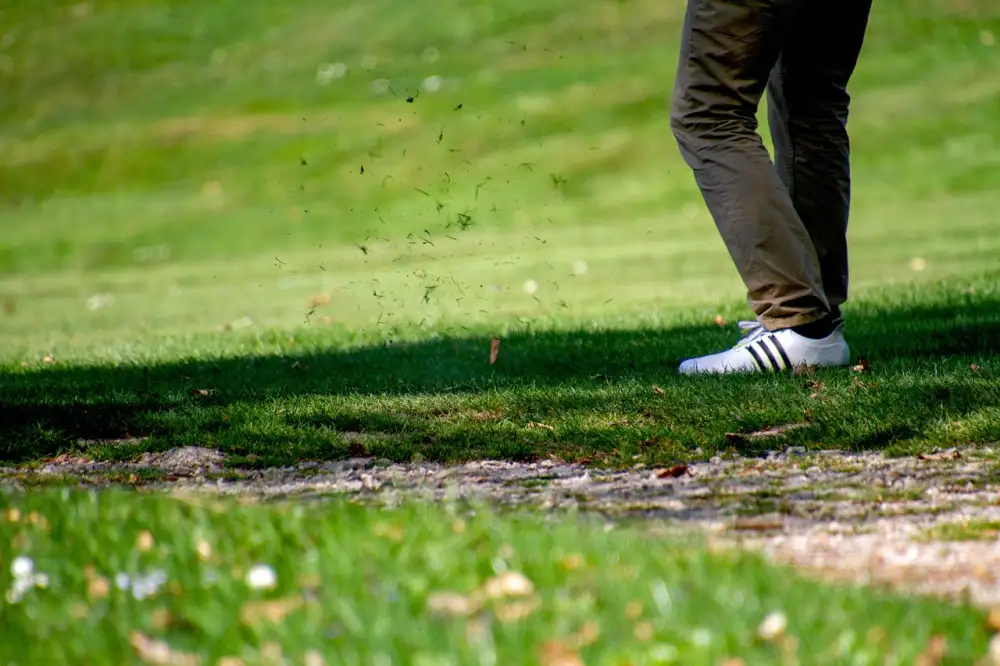Understanding and Alleviating Thumb Pain from Golf: Essential Tips for Golfers

Golf is a popular sport enjoyed by millions worldwide, but it can also lead to various injuries, including thumb pain. The repetitive nature of gripping and swinging a golf club can put strain on the thumb joint, leading to discomfort and potential injury. Understanding the causes of thumb pain in golfers, along with preventive measures and treatment options, is essential for maintaining hand health and enjoying the game without unnecessary discomfort. In this article, we will explore the common reasons behind thumb pain in golfers and provide valuable tips for alleviating and preventing such issues.
Common Causes of Thumb Pain in Golfers
Thumb pain in golfers can be attributed to various factors, with some common causes including overuse of the thumb during gripping and swinging the club, improper grip technique, repetitive stress on the thumb joint, and underlying conditions such as arthritis or tendinitis. The forceful impact between the club and the ball during a swing can also contribute to thumb pain. Additionally, using clubs that are too heavy or not properly fitted to the golfer's hand size can put excessive strain on the thumb, leading to discomfort and potential injury. Understanding these common causes can help golfers take preventive measures to avoid thumb pain while enjoying their game.
Symptoms and Signs of Thumb Pain
Symptoms and Signs of Thumb Pain in golfers can vary from mild discomfort to severe pain. Golfers may experience tenderness, swelling, or aching in the thumb joint. Pain may worsen with gripping or swinging the club. Limited range of motion and weakness in the thumb are also common signs. Numbness or tingling sensations in the thumb and fingers can indicate nerve involvement. It is important to pay attention to these symptoms as they can impact your game and overall hand function.
| Feature | De Quervain's Tenosynovitis | Arthritis |
|---|---|---|
| Location of Pain | Thumb side of wrist, radiating up thumb | Base of thumb, may radiate to hand |
| Cause | Overuse of tendons at base of thumb | Wear and tear of cartilage in thumb joint |
| Common in Golfers? | Yes, especially with improper grip | Yes, especially with age and overuse |
Tips for Preventing Thumb Pain While Playing Golf
To prevent thumb pain while playing golf, it is essential to ensure you have the correct grip size and technique. Using a grip that is too small or too large can put unnecessary strain on your thumb. Additionally, warming up before playing and doing hand and wrist exercises can help improve flexibility and reduce the risk of injury. It is also important to use proper swing mechanics and avoid over-gripping the club, as this can lead to increased pressure on the thumb joint. Lastly, using equipment that fits properly and seeking guidance from a golf professional for proper form can significantly decrease the likelihood of developing thumb pain during play.

Treatment Options for Thumb Pain Relief
1. Rest: Giving your thumb a break from golfing and other activities that exacerbate the pain can help reduce inflammation and promote healing.
2. Ice therapy: Applying ice to the affected area for 15-20 minutes several times a day can help alleviate pain and reduce swelling.
3. Compression: Using a thumb brace or wrap can provide support and stability to the thumb joint, reducing strain during physical activities.
4. Physical therapy: Working with a physical therapist to strengthen the muscles in the hand and wrist can improve flexibility and reduce pain in the thumb.
5. Anti-inflammatory medication: Over-the-counter medications like ibuprofen can help reduce pain and inflammation in the thumb joint.
6. Corticosteroid injections: In severe cases of thumb pain, corticosteroid injections may be recommended by a healthcare professional to reduce inflammation and alleviate pain.
7. Surgery: In rare cases where conservative treatments fail to provide relief, surgery may be considered to repair damaged ligaments or tendons in the thumb joint.
It's essential to consult with a healthcare provider before starting any treatment regimen for thumb pain to ensure proper diagnosis and appropriate management of the condition.
Importance of Seeking Medical Advice for Persistent Thumb Pain
Persistent thumb pain in golfers should not be ignored, as it could indicate a more serious underlying issue. Seeking medical advice is crucial to properly diagnose the cause of the pain and prevent further damage. A healthcare professional can conduct a thorough examination, possibly including imaging tests like X-rays or MRIs, to determine the root of the problem. Ignoring persistent thumb pain may lead to chronic issues that could affect your golf game and overall quality of life. Remember, early intervention can often lead to quicker recovery and better outcomes in the long run.
In conclusion, thumb pain from golf can be a common issue among golfers due to the repetitive motions and grip pressure involved in the game. By understanding the causes, symptoms, and preventive measures discussed in this article, golfers can take proactive steps to alleviate and avoid thumb pain while playing.
Remember, maintaining proper form, using appropriate equipment, warming up before playing, and seeking medical advice if experiencing persistent pain are crucial for healthy golfing practices. It is essential to listen to your body and not ignore any discomfort or pain that may arise during or after playing.

By prioritizing hand health and implementing the tips provided here, golfers can enjoy the game they love without being sidelined by thumb pain. Stay informed, stay proactive, and continue to pursue your passion for golf with care and consideration for your physical well-being. Happy and healthy golfing!
Published: 02. 05. 2024
Category: Health



